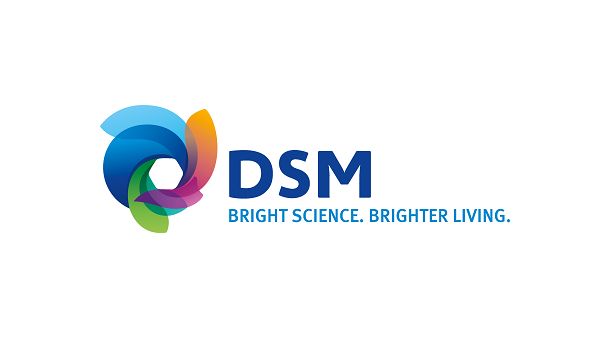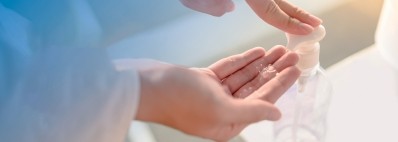Promotional Features
Future-proof sun formulations
On one side, Goal Three of the Sustainability Development Goals as defined by the United Nations (UN SDG), stipulates that we must ensure healthy lives and well-being for all at all ages. And although it is well documented that proper use of sunscreen can decrease the risk of skin cancer, the World Health Organization estimates that the incidence of skin cancer has been increasing over the past decades, with an estimate of 2-3 million cases in 2018 alone. UVB irradiation is considered to play a major role in the etiology of skin cancer.
On the other side, ecological sustainability is an evolving topic for the personal care industry, especially for UV filters and sunscreens. New regulations and ongoing evaluations by global regulatory bodies require the industry to remain agile and undertake the challenge to provide ecologically sustainable solutions in line with the EU Green deal and the EU Ecolabel.
Therein lies the challenge of creating sun care options for consumers that combine decreasing the burden of disease and addresses ecological impact.
In September 2021, DSM launched PARSOLEHT, an highly efficient UVB filter, and one of the most eco-friendly on the market. This has been demonstrated and supported by the sophisticated algorithms contained in the DSM Sunscreen Optimizer 2.0 (DSO) with Eco-Profiling. The advantages of the DSO are manifold.
- Eco-class scores can be calculated either from the composition for existing sunscreens or during the development and design phase for new sunscreens.
- Users have the possibility to estimate SPF and UVA protection performance instantly and in parallel to other relevant performance parameters after data input, for a multi-dimensional optimization process.
- By embedding this in an existing in-silico sunscreen design system, new products can be created during the project’s design phase without time and cost intensive investigations.
The adoption of the DSM eco-profiling and resulting Eco-classes is a well-balanced answer to a genuine ethical concern, that has been created to drive a change in industry. It is a fact-based approach, that combines consumers protection needs from UV light and eco-compatibility. It encourages the development for more eco-friendly formulations, similarly to what happened with electrical appliances and cars in the past few years.
The eco-profiling of UV filters is based on data of the Persistence, Bioaccumulation and Toxicity (PBT profile) (1) of the registered ingredients, and it is rooted in established testing methodology. The data used has been generated by standardized and generally well recognized test setups and pre-evaluated by independent environmental specialists of the European Chemical Agency (ECHA). These test standards are the same ones that are also often used for regulatory assessments.
The methodology is built on three steps:
- Formulation assessment and profiling
This step results in the eco-score of the component UV filters
- UV Filter composition
This step considers the UV filter combination of the formulation to assign an overall environmental impact
- Relative eco-compatibility classification
In the last step, the final eco-class score is assigned, which is based on market data for existing sunscreens. The eco-class logos represent the eco-friendliness of a UV filter combination relative to state of the art market benchmark, derived from a thorough market analysis.
From the comprehensive eco-profiling data, DSM created an easy-to-understand eco-class logo that accumulates all environmental safety data and the current market situation into a straightforward decision-making tool for the consumer towards a brighter future of sunscreens. The beauty of this Eco-class score is its intrinsic power to push our sunscreen industry towards even higher eco-friendly formulas and new innovations in sun care
References and further information:
(1) Kunze et al. (2021) Söfw-Journal, 147, 11/21 p 12-17-New Method for Connecting Sunscreens with Consumers via a Relative Eco-score (https://www.sofw.com/en/sofw-journal/articles-en/48-personal-care/2578-new-method-for-connecting-sunscreens-with-consumers-via-a-relative-eco-score)
(2) Kunze et al. (2021) A novel, benchmark-centered, eco-impact rating system for sunscreens and sunscreen formulation design; Front. Environ. Sci. 9:727404. doi: 10.3389/fenvs.2021.727404 https://www.frontiersin.org/articles/10.3389/fenvs.2021.727404/full




